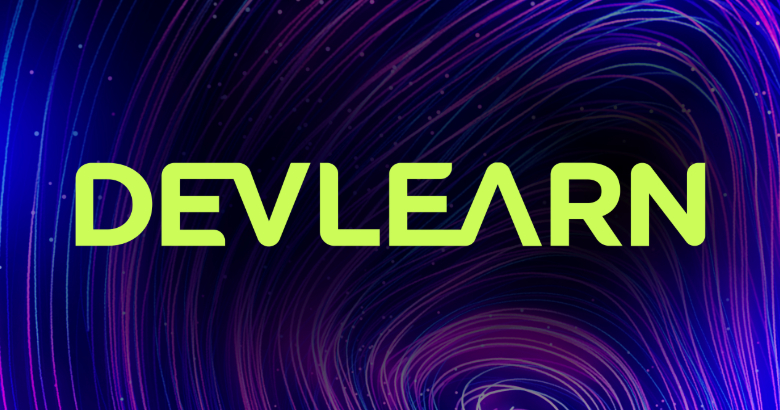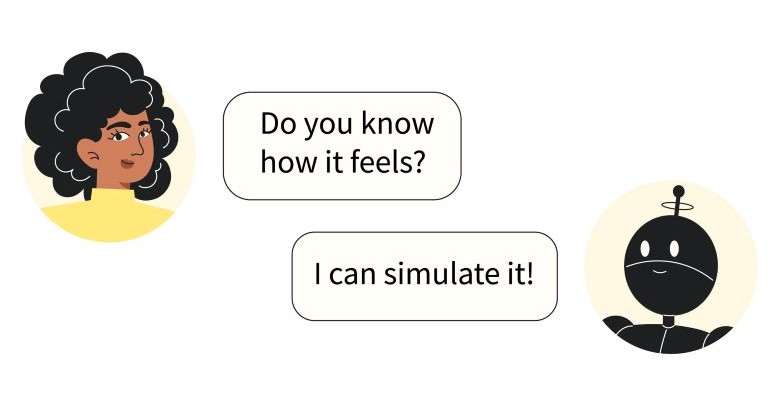Your cart is currently empty!

Can AI Dream About Emotions?

There is an important connection between Artificial Intelligence (AI), Emotional Intelligence (EI), and eLearning (eL). This connection is worth exploring; it’s a big deal. Let’s look at how AI and EI can improve learning and retention in eLearning. With advances in computer science, eLearning is becoming autonomous. eLearning becomes a tutor when AI and EI can track learner responses, analyze difficulties, and provide feedback.
Artificial Intelligence
AI systems can perform tasks equally as well or better than human intelligence. AI strengths include learning, reasoning, problem-solving, and decision-making. AI can analyze data to understand individual learning and preferences. Cognitively, AI excels in recognizing patterns and making predictions. AI uses algorithms and data to simulate those functions. Once deployed, AI systems operate on programming and data input, often with minimal direct human intervention.
Designers can further enhance AI’s capabilities by incorporating Emotional Intelligence (EI). Instructional designers can improve learning in response to a learner’s emotional state, offering encouragement, empathy, and engagement.
Emotional Intelligence
EI is a psychological concept that involves understanding and managing emotions in oneself and others. It emphasizes human relationships and social interactions. EI is inherently human and involves continuous self-awareness and empathy in interactions. Although AI cannot experience emotions, it can respond to emotional cues when the designer applies an understanding of emotional intelligence.
In summary, while AI focuses on cognitive tasks and data processing, EI centers on emotional and social skills, including learning.
Why does an AI system need Emotional Intelligence?
Without EI, an AI system cannot understand emotions and lacks contextual understanding. AI alone does not respond to human emotions in a personalized and empathetic way. Since personalized and empathetic interactions are essential to human learning, an AI system is unable to interact effectively as a tutor for humans. This limitation is a cognitive impairment for AI, impacting conflict resolution and emotional support. It also reduces human trust in the AI.
AI systems without EI also have other important limitations. They can inherit biases in their training data, including unfair or discriminatory outcomes. AI can potentially be vulnerable to hacking and misuse.
Strategies for integration of EI into artificial intelligence algorithms
Designers may enhance assessments by integrating EI into AI systems. There are strategies for enabling this enhancement by leveraging other advancements in computer science.
- Facial expression analysis uses computer vision to analyze facial expressions and detect emotions such as happiness, sadness, surprise, and anger.
- Voice analysis uses NLP (natural language processing) and audio analysis to interpret vocal intonations, pitch, and speech patterns to gauge emotional states.
- Text sentiment analysis analyzes text data from emails, texts, chats, or social media to identify sentiment and emotional tone.
Multimodal data integration from these sources, Human-in-the-Loop oversight, and context-aware algorithms can establish an understanding of a human’s emotional state. AI systems can adapt their responses to human emotions with that data.
Where to go next to learn more
Follow published information in technical literature, magazines, blogs, and the web. Consider developing pilot programs and small-scale trials to test EI-supported AI tools in your organization. If you lack the resources in-house to apply those suggestions, attend The Learning Guild’s DevLearn 2024 conference November 6-8, 2024 at MGM Grand in Las Vegas to network with speakers and peers and to talk to exhibitors about concepts and test projects.







